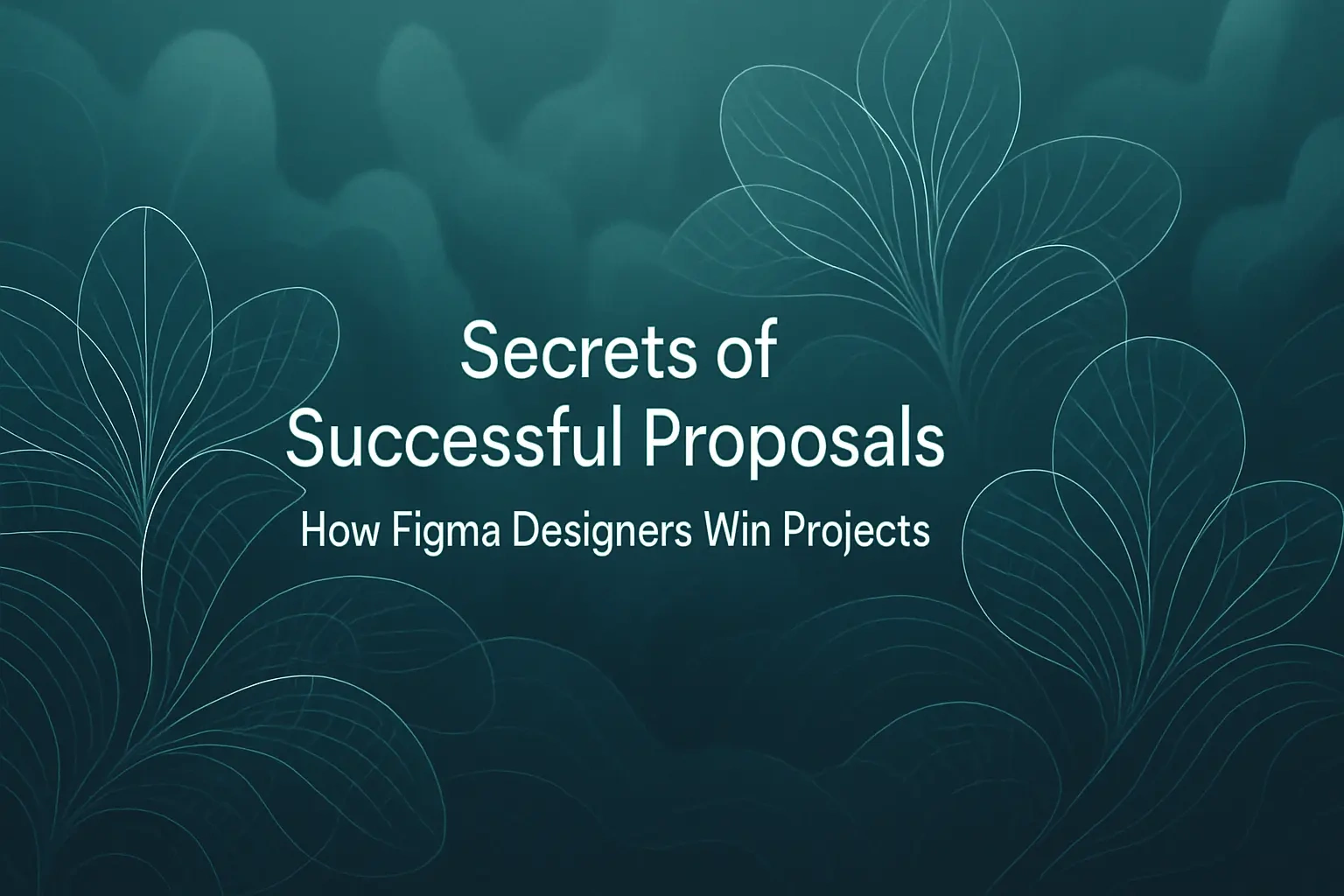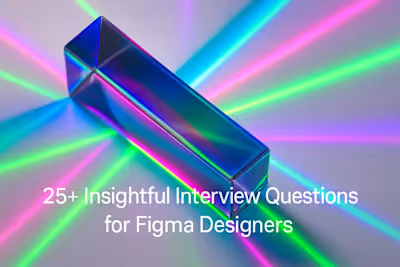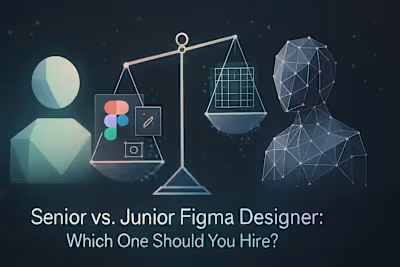Secrets of Successful Proposals: How Figma Designers Win Projects

Secrets of Successful Proposals: How Figma Designers Win Projects
The Anatomy of a Winning Design Proposal
The Problem Statement: Show You Understand
The Proposed Solution: Your Strategic Vision
The 'Why Me?' Section: Your Unique Value
Showcasing Your Figma Expertise in the Proposal
Detailing Your Collaborative Process
Including Preliminary Visuals or Mockups
Defining Scope, Timeline, and Investment
Creating a Detailed List of Deliverables
Establishing a Realistic Project Timeline
Structuring Your Pricing and Payment Terms
Common Proposal Mistakes and How to Avoid Them
Being Too Generic
Focusing on Features, Not Benefits
Lack of a Clear Call to Action
References
Secrets of Successful Proposals: How Figma Designers Win Projects
The Anatomy of a Winning Design Proposal
The Problem Statement: Show You Understand
The Proposed Solution: Your Strategic Vision
The 'Why Me?' Section: Your Unique Value
Showcasing Your Figma Expertise in the Proposal
Detailing Your Collaborative Process
Including Preliminary Visuals or Mockups
Defining Scope, Timeline, and Investment
Creating a Detailed List of Deliverables
Establishing a Realistic Project Timeline
Structuring Your Pricing and Payment Terms
Common Proposal Mistakes and How to Avoid Them
Being Too Generic
Focusing on Features, Not Benefits
Lack of a Clear Call to Action
References
Posted Jul 6, 2025
Your portfolio got their attention, but a winning proposal seals the deal. Learn the secrets to writing compelling bids that showcase your value and land you the project.









